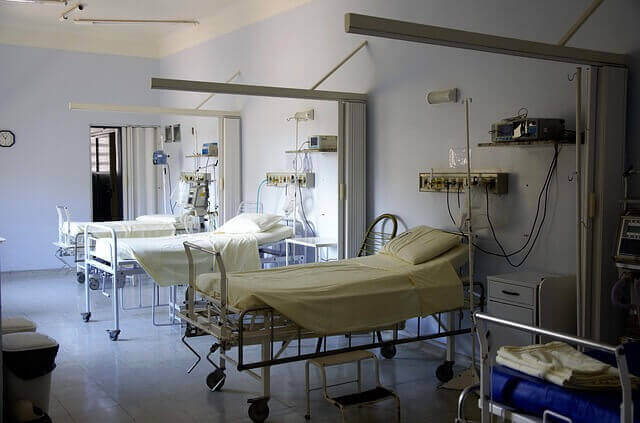Lung cancer is a condition when a malignant cell (cancer) is formed in the lungs. This cancer is more experienced by people who have a habit of smo**king.
Although it often happens in smo**kers, lung cancer can also occur in people who are not smo**kers, especially in people who are often exposed to chemical substances in their work environment or exposed to cigarette smoke from others.
How common is lung cancer?
According to the World Health Organization (WHO), lung cancer is one of the leading causes of death that caused 1.59 million deaths in the 2012. This amount is expected to increase over the next decade. If your doctor simply tells you that you have lung cancer, you should know the essential fundamentals before being overwhelmed with emotional and physical changes.
This lung cancer can affect the patient at any age. This condition can be managed by reducing your risk factor. Please discuss with your doctor for further information.
Read also:
Symptoms, and 10 Natural Remedies For Lung Cancer.
When should I check with a doctor?
If you have any of the signs or symptoms listed above or have any questions, please consult your physician. Each person’s body is different. Always consult a doctor to treat your health condition. High-risk people include smo**kers (30 packs per year), workers who are exposed to carcinogenic exposure, and second hand smo**king.
Causes and Risk factors for lung cancer
Smo**kers, both active and passive
Smo**king habits are a major cause of lung cancer, so most of the sufferer is active smo**ker. However, people who do not smo**ke may also be exposed to lung cancer.
A Radon gas exposure
Natural Gas produced from the breakdown of uranium in soil, water, and rocks is one of the factors that can increase the risk of lung cancer.
Read also:
Water in lungs: The causes, symptoms, How to prevent and Treat it
Asbestos exposure
A man who works with asbestos, such as in mines or factories, is more at risk of developing lung cancer. Especially if you are an active smo**ker.
Air pollution
Too long in a place that has a high level of air pollution makes the risk of lung cancer become larger. About 5 percent of deaths from lung cancer around the world are caused by air pollution.
Genetics
It is estimated that 8 to 14% of lung cancer is caused by genetic factors. In people with lung cancer, the risk increased to 2.4 times. This is due to a combination of genes.
Other causes
A number of substances, occupations, and other environmental exposure are also associated with lung cancer. The International Cancer Research Agency (IARC) states there is “insufficient evidence” to indicate that the following are carcinogenic to the lungs
- A number of metal types (products of aluminium, cadmium and cadmium compounds, compounds of chromium (VI), beryllium and beryllium compounds, smelting of iron and steel, compounds of nickel, arsenic and inorganic arsenic compounds, underground hematite mines)
- A number of combustion products (imperfect combustion), coal (indoor emissions from household charcoal burning), coal gasification, asphalt, coke products, soot, exhaust gas diesel engines)
- Ionization radiation (X-ray radiation, radon-222 and its decay products, gamma radiation, plutonium)
- A number of toxic gases (methyl ether (technical rate), Bis-(chloromethyl) ether, sulfur mustard, MOPP (mechlorethamine, vincristine, procarbazine, and prednisone), painting steam.
- Rubber products and crystalline silica dust
Other factors that may increase the risk of lung cancer are:
- Have family members who also suffer from lung cancer
- Living or working in an environment contaminated by harmful chemicals
- Have undergo radiotherapy.
Types of treatments available
Treatment and management methods for lung cancer depend on the severity of the condition and the health of the patient. Treatment of common lung cancer includes chemotherapy, surgery, radiation therapy, and palliative care.
Surgery

Surgery involves the removal of the pulmonary lobe, usually prescribed to patients suffering from the early stages of the NSCLC. Surgical procedures are known as lobectomy and can be performed as a full lobectomy or wedge resection.
Chemotherapy
Chemotherapy will depend on the type of tumor found. SCLC is usually treated with a combination of radiation therapy and chemotherapy, while NSCLC sufferers are given chemotherapy as a form of first-line treatment.
Radiotherapy
Radiotherapy is often prescribed with chemotherapy, usually for patients who are not healthy enough for surgical treatment.
Palliative care
Palliative care is usually an additional or complementary treatment for patients undergoing chemotherapy.



